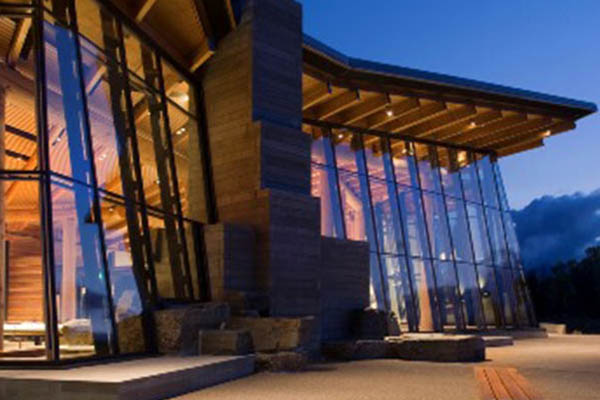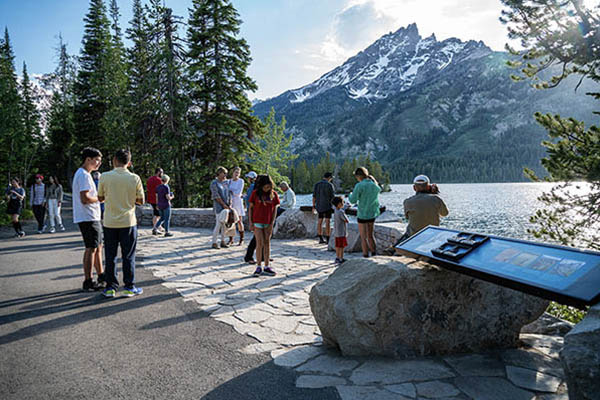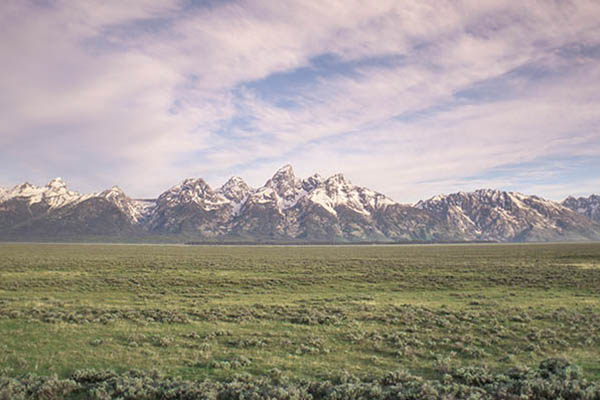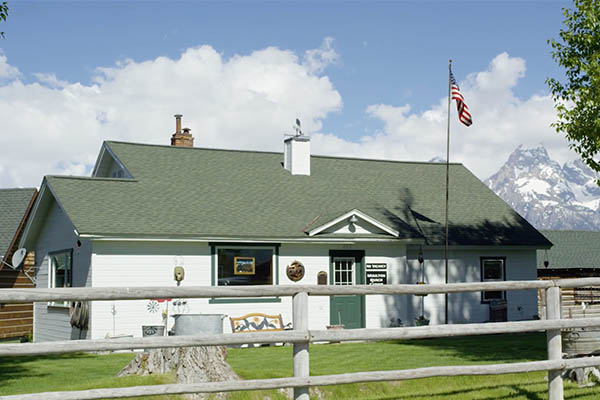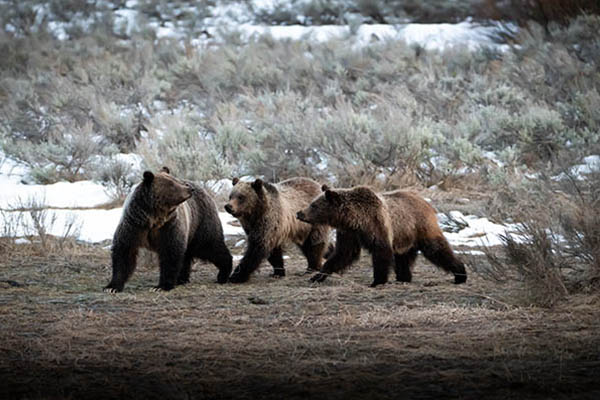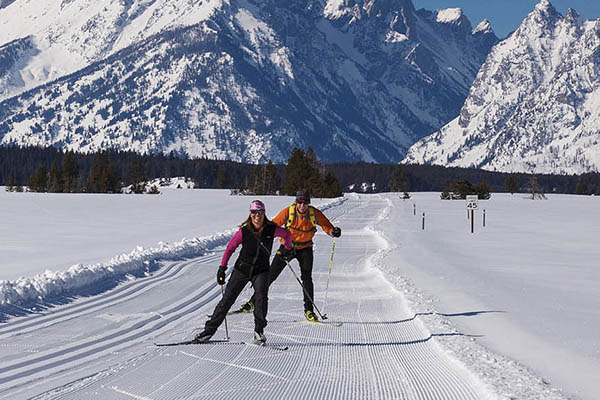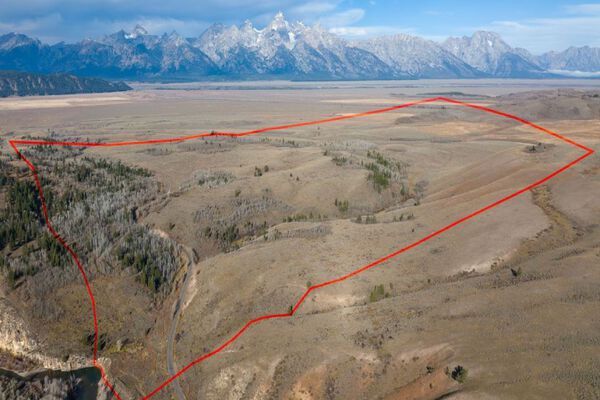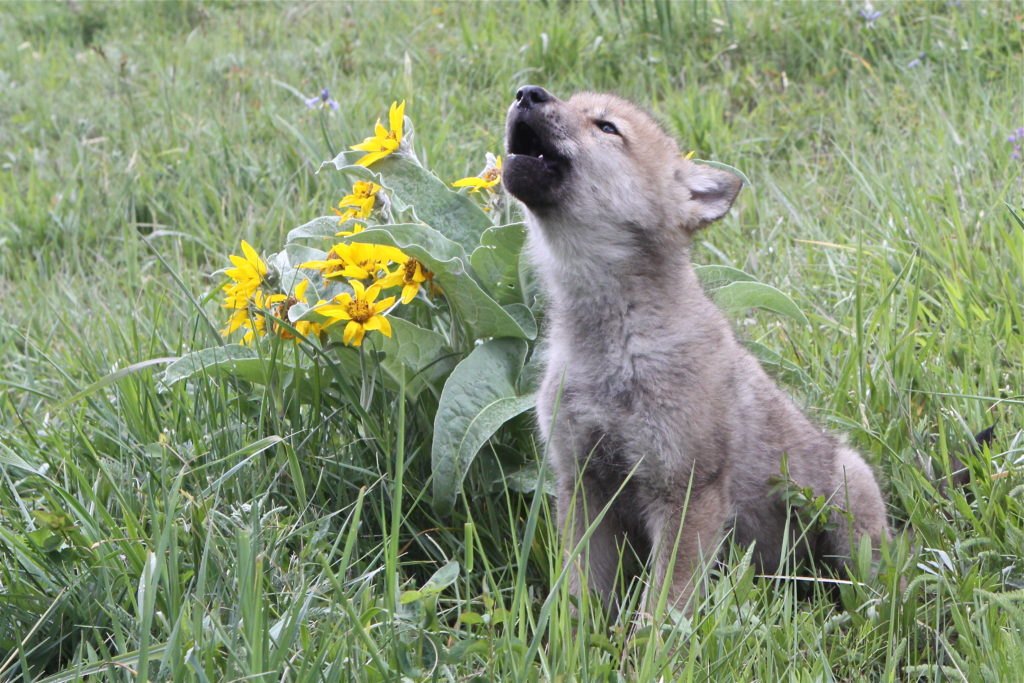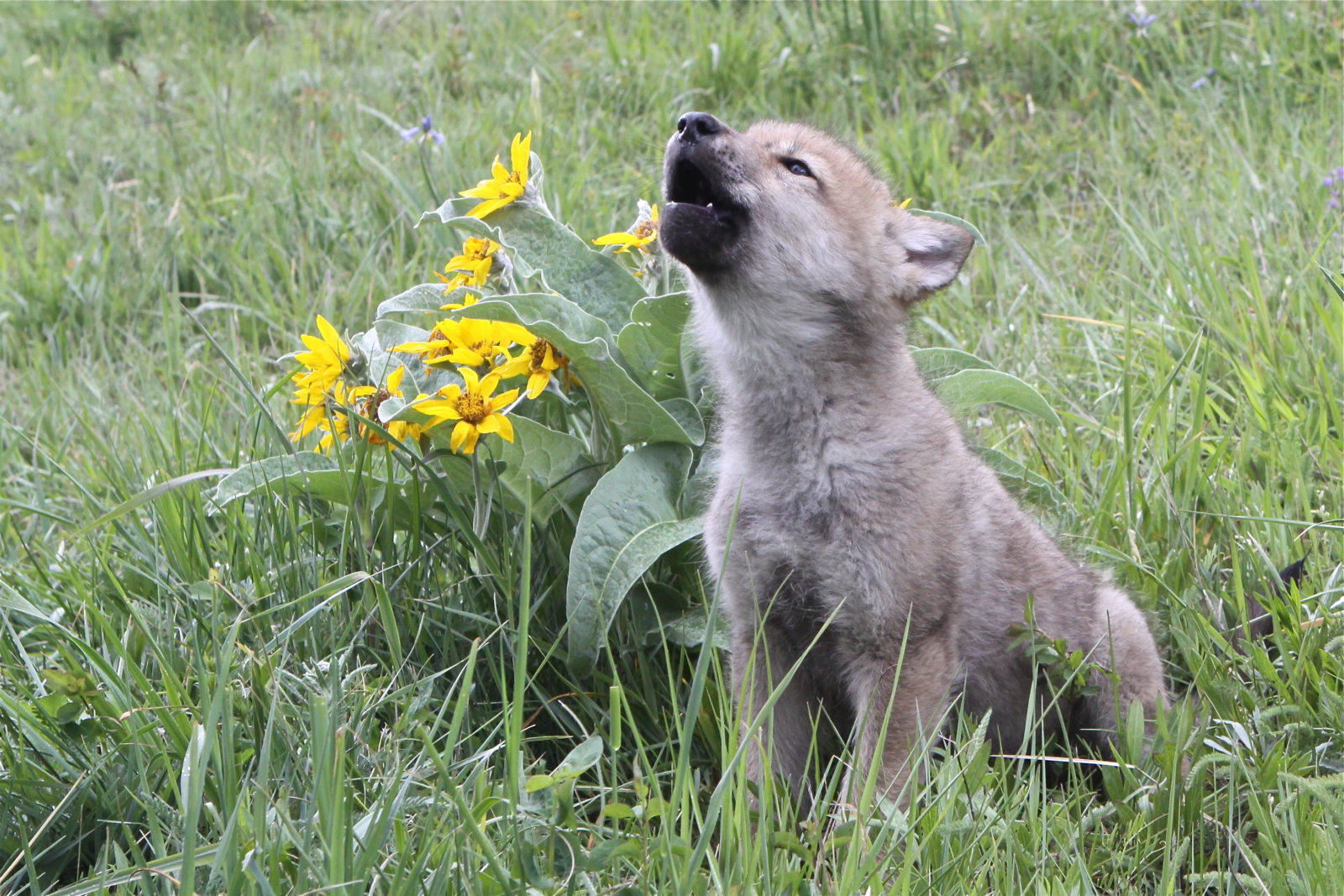
This time of year, nesting raptors often vocalize alarm calls when you are too close to their nests. Bears, moose, bison, and elk are also particularly protective of their young. Please remember to give all wildlife a wide berth. If you are altering an animal’s behavior, such as eliciting an alarm call or any other kind of vigilance or aggression, you are too close!
• Wolf pups are making their first exploratory appearances from their dens.
• Bison, moose, and elk calving seasons are at their peaks. Nearly all bison and elk have moved off of the National Elk Refuge. They will follow snow melt and vegetation green-up to northern parts of the valley, some as far north as southern Yellowstone National Park.
• Female black and grizzly bears with cubs are now out and about, but those with cubs of the year are making only small movements so that their tiny cubs can keep up. Grizzly bears 399 and 793 have both been observed this spring with two yearling cubs each. They have been delighting visitors lucky enough to catch glimpses of their lives in the park.
• Neotropical migrating birds (western tanagers, hummingbirds, warblers, osprey, and others) have returned to the valley and are beginning nesting activities.
• Cutthroat trout are initiating spawning as water levels rise with spring runoff.
• Bald eagle eggs have hatched and young nestlings are being closely guarded by their brooding parents.
• High rivers and streams resulting from melting snow and recent rainfall represent a significant hazard to baby bears, elk, moose, and bison.
• The sage grouse strutting season has ended and hens have dispersed from leks to nest at brood rearing sites in adjacent sagebrush grasslands.

